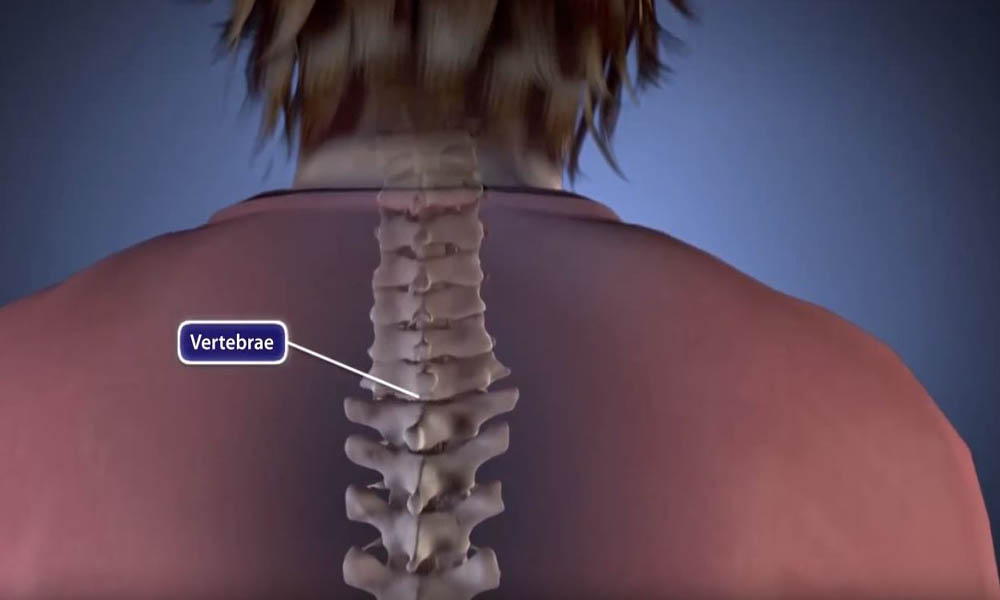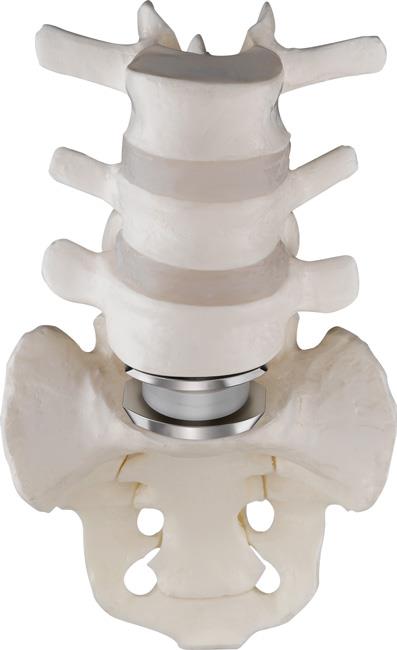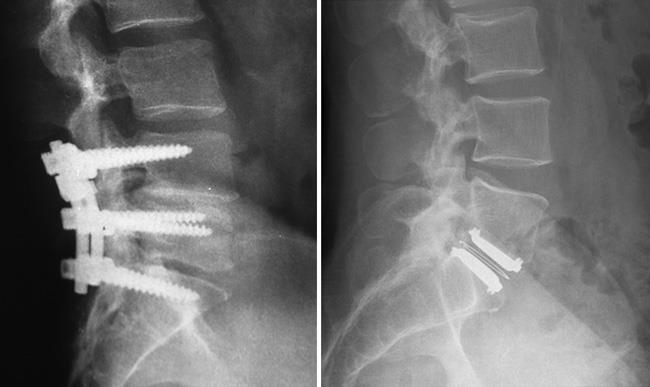

In lumbar artificial disk replacement, worn or damaged disk material between the small bones in the spine (vertebrae) is removed and replaced with a prosthetic, or artificial disk. The goal of the procedure is to relieve back pain while maintaining more normal motion than is allowed with some other procedures, such as spinal fusion (which aims to prevent motion).

CHARITÉ artificial disk. Reproduced with permission from DePuy Spine, Inc. © 2007 DePuy Spine, Inc. All rights reserved.
Although an estimated 70 to 80% of people will experience low back pain at some point in their lives, most will not need surgery to improve their pain.
Surgery may be considered when low back pain does not improve with conservative treatment, though not everyone who continues to experience pain after exhausting nonsurgical treatments is a candidate for surgery. In addition to being persistent, your pain must stem from one or two degenerative (arthritic) disks, as determined by diagnostic testing and a physical exam.
For patients who meet these (and other) criteria, lumbar fusion surgery remains the most common treatment option for treating low back pain. Fusion is essentially a welding process. The basic idea is to fuse together the affected vertebrae so that they heal into a single, solid bone, eliminating painful motion.
While many patients are helped by lumbar fusion, the results of the surgery can vary. In addition, some patients whose fusion surgeries heal perfectly still end up with no improvement of their back pain. Success for lumbar fusion for low back pain due to a degenerative disk ranges from 50 to 90%.
Some doctors believe that the failure to improve after fusion surgery is due to the fact that fusion prevents normal motion in the spine. For this reason, artificial disk replacement — which aims to preserve normal motion — has emerged as an alternative treatment option for low back pain.
Artificial disk replacement initially gained FDA approval for use in the U.S. in 2004. Since then, numerous disk replacement designs have been developed, and more are currently being tested.

These X-rays, taken from the side, show patients treated with (left) lumbar spinal fusion, and (right) artificial disk replacement.
(Right) From Mathur S, Jenis LG, An HS: Surgical Management of Chronic Low Back Pain: Arthrodesis, in Jenis LG, ed: Low Back Pain: Monograph Series. (Left) From Jenis LG: Surgical Management of Chronic Low Back Pain: Alternatives to Arthrodesis, in Jenis LG, ed: Low Back Pain: Monograph Series. Rosemont, IL, Amer Acad of Orthop Surg, 2005.